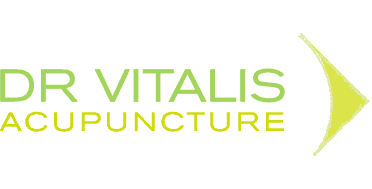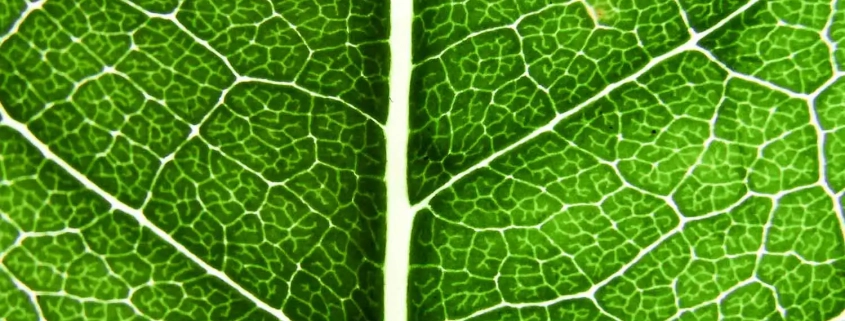Acupuncture vs medication for postsurgery nausea
In the first such clinical trial of its kind, researchers at Duke University Medical Center have found that acupuncture is more effective at reducing nausea and vomiting after major breast surgery than the leading medication.
The researchers also found that patients who underwent the acupuncture treatment reported decreased postoperative pain and increased satisfaction with their postoperative recovery. In conducting the trial, the researchers also demonstrated that the pressure point they stimulated possesses previously unknown pain-killing properties.
The results of the Duke study were published Sept. 22, 2004, in the journal Anesthesia and Analgesia.
It was a groundbreaking clinical trial, and the first of its kind. Researchers at Duke University Medical Center in North Carolina set out to compare the ancient practice of acupuncture to modern medication in easing postoperative nausea and vomiting (PONV), as well as pain, following major breast surgery. The results? Astounding. Acupuncture not only proved more effective than the leading medication, ondansetron (Zofran), but also revealed previously unknown pain-killing properties.
The trial was led by Duke anesthesiologist Tong Joo (T.J.) Gan, M.D., who recognised the importance of addressing PONV: approximately 70% of women undergoing major breast surgery with general anesthesia experience this complication, which directly affects the speed of recovery and the timing of their return home.
In this remarkable trial, 75 women slated for major breast surgery (breast augmentation, breast reduction, or mastectomy) were divided into three groups: one receiving acupuncture, another receiving ondansetron, and the last receiving neither. Instead of traditional acupuncture, Gan employed an electro-acupuncture device that stimulated the P6 pressure point just below the wrist, delivering a small electrical pulse through the skin.
Two hours after surgery, a staggering 77% of the acupuncture group experienced no PONV and did not require antiemetic drugs to reduce nausea and vomiting. In comparison, only 64% of those who received ondansetron and 42% of those who received nothing had the same outcome. At 24 hours, the rates were still impressive: 73% for acupuncture, 52% for ondansetron, and 38% for the control group.
These results indicated that not only was electro-acupuncture more effective than ondansetron, it also provided better control of nausea and a higher degree of patient satisfaction. This revelation paves the way for a rethinking of traditional postoperative care and a renewed appreciation for the power of this ancient Chinese practice.
But how does acupuncture work? While the exact mechanisms are still not entirely understood, recent research suggests that acupuncture may stimulate the release of hormones or endorphins, the body’s natural painkillers. Different frequencies of electro-acupuncture stimulation appear to release distinct types of endorphins, providing varying durations and onset times of analgesic effects.
In an age where we are increasingly reliant on synthetic medications, this groundbreaking study serves as a powerful reminder that age-old practices like acupuncture can still hold the key to unlocking effective and natural remedies for postoperative care. So, the next time you hear of someone going under the knife, remember the triumph of the needle, and consider how acupuncture might help them on the road to recovery.


